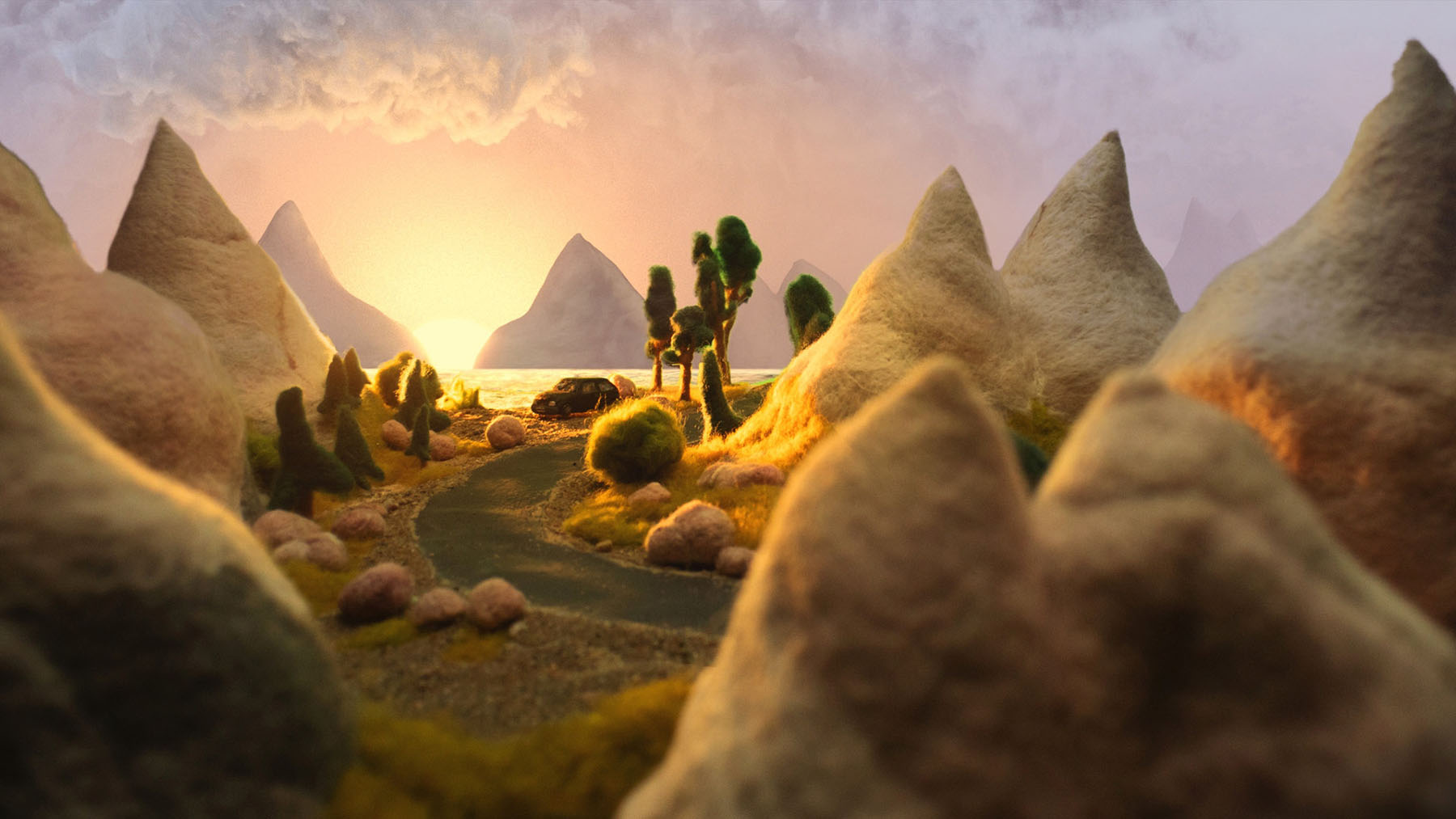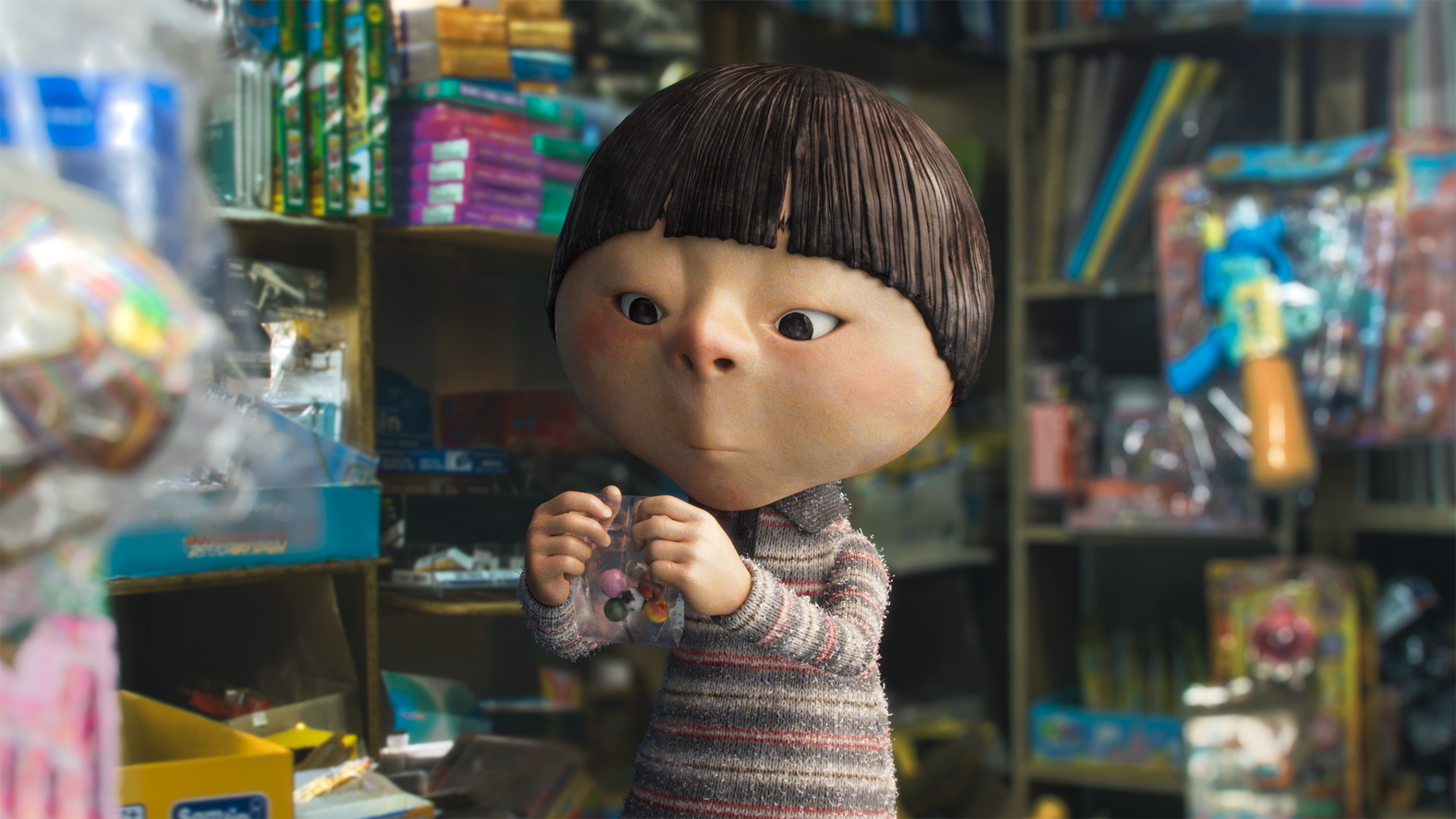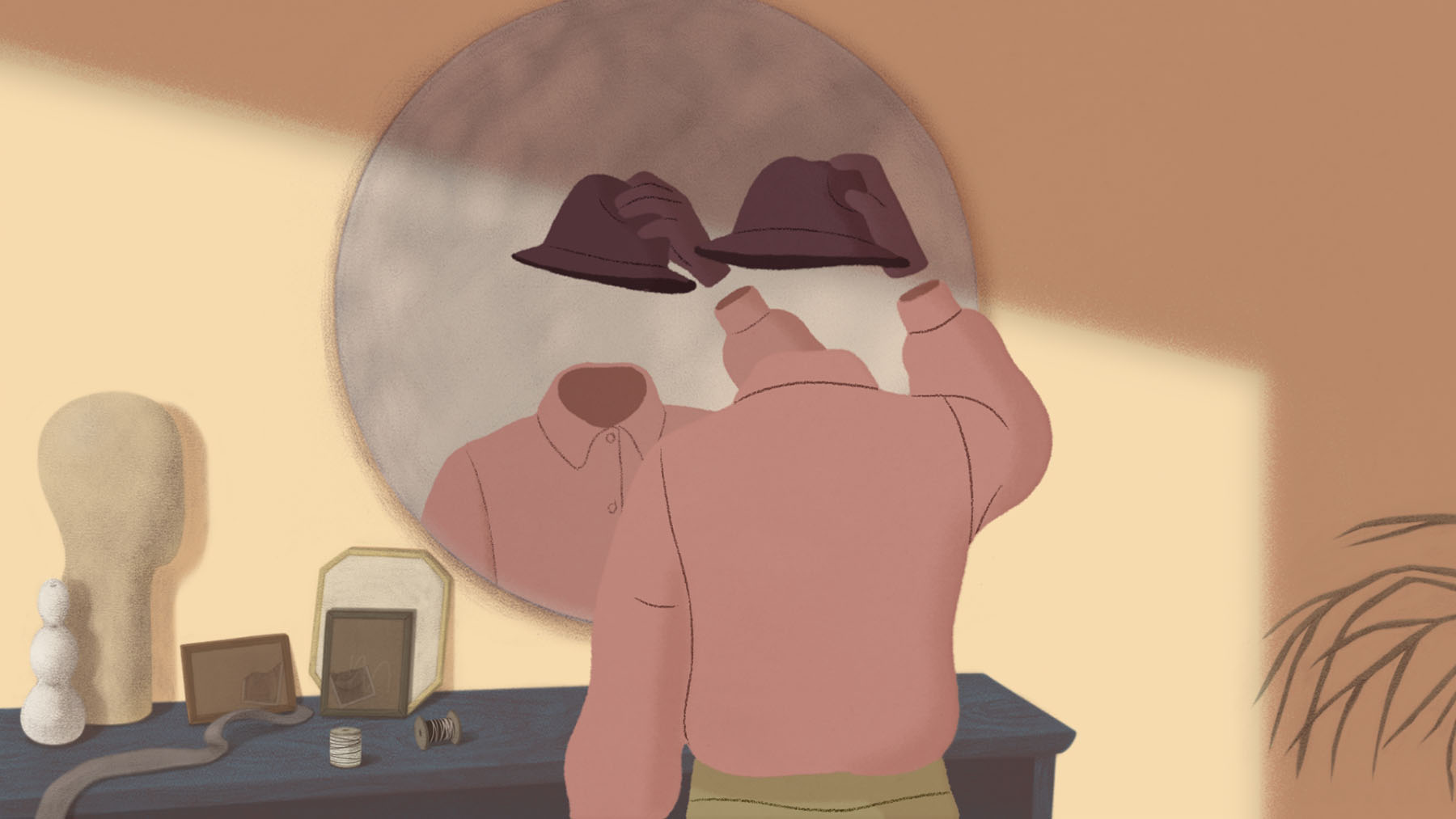
Despite major awards categories and prestige festivals devoted to animation, many of us still think of animated short films as those things preceding Pixar movies — the sort that gives you time to hit the restroom before the movie. Though Pixar should be commended for reviving that lost delight, the animated short has a long, rich heritage — from Walt Disney’s Steamboat Willie (1928) to Te Wei’s Where is Mama? (1960) to Osamu Tezuka’s Jumping (1984) to Cordell Barker’s The Cat Came Back (1988) to Pixar’s own Tin Toy (1988). Animation isn’t necessarily more creative than regular filmmaking, but it provides a space to conjure images that simply cannot be realized elsewhere.
“Animation is a form that doesn’t need much money when compared to live action filmmaking,” says Alvin Tse, curator at the Hong Kong International Film Festival Society (HKIFFS). “Most animation is the work of a one-person band … so it’s also very, very personal for the creator, and showcases their vision, their aesthetics and their ideas. It’s about the beautiful graphics and the filmmaker’s creativity.”
READ MORE: Pictures of diversity
“We tried to strike a balance between different animation techniques: 3D, cutouts, other stop motion, 2D graphics — all kind of formats. The topics are also just as different.”

Film buffs looking for the next great director would be wise to start with animated shorts, considering so many of these become features, and also that animation can open a window on the world.
“This is really how young directors shape their work; these are the things that concern them,” Tse says of the animation lineup. “This year we have a number of Canadian films because the National Film Board of Canada is a strong supporter of short film directors.”

The 12 animation films touch on subjects as diverse as loneliness, personal agency and perception. The beautiful 3D art in the Oscar-shortlisted Magic Candies (Japan) by Daisuke Nishio follows a lonely boy on a journey to find the courage required to insert himself back into the world. Sunčana Brkulj’s Butterfly (Croatia/Denmark) examines how communities can disintegrate, while Jeong Dahee’s Society of Clothes (France/South Korea/Canada) explores why people rely so heavily on appearances. In Brkulj’s piece a single colorful picture serves as the background against which a set of animated birds and beasts play their parts. Jeong’s world invokes that of René Magritte.
ALSO READ: Rewriting history
Rebecca Blöcher uses felt figures and archival photos in her more adult stop-motion Mama Micra (Germany) — a woman’s recollections of her estranged mother’s determination to be free. Dealing with violence against women, Aquatic (Iran) by Shiva Sadegh Asadi also shows women exercising agency. Izibene Oñederra’s When It Comes (It Will Have Your Eyes) (Spain) tells a story of ecological and social collapse, loosely based on a poem by anti-fascist writer Cesare Pavese. In many ways it complements The Eggregores’ Theory — in the regular shorts program.


